October 15 is National Latinx AIDS Awareness Day (NLAAD), dedicated to raising awareness about the disproportionate impact of HIV/AIDS on Hispanic/Latinx/Latiné communities. NLAAD was founded by the Hispanic Federation and the Latino Commission on AIDS (LCOA) in 2003 to draw attention to Hispanic/Latinx/Latine health disparities associated with HIV prevention, testing, treatment, and care.
There are many terms that can be used to describe Hispanic, Latino, Latinx, and Latine identities. For the purposes of this toolkit and the accompanying infographic, AIDSVu will be utilizing “Hispanic/Latinx/Latine” communities.
In 2022, Hispanic/Latinx/Latine individuals accounted for nearly 1/3 of new HIV diagnoses, despite only comprising 19% of the U.S. population. Of these new diagnoses, 77% were attributed to male-to-male sexual contact, and 16% were attributed to heterosexual contact – a number notably higher than the 9% national proportion of HIV transmission through heterosexual contact.
Hispanic/Latinx/Latine men who have sex with men (MSM) have the highest number of new HIV diagnoses among any subpopulation, including all races/ethnicities of MSM and women who acquired HIV through heterosexual contact. Young Hispanic/Latinx/Latine MSM drive these new diagnoses, as individuals under 35 represented a significant majority of new HIV diagnoses among Hispanic/Latinx/Latine MSM in 2022.
Transgender individuals are also disproportionately impacted by HIV. From 2018 to 2022, transgender Hispanic/Latinx/Latine individuals saw a 42% increase in new HIV diagnoses.
Health disparities and social determinants of health (SDOH) play a significant role in the disproportionate impact of HIV on Hispanic/Latinx/Latine communities and can lead to poorer health outcomes for Hispanic/Latinx/Latine individuals diagnosed with HIV. These SDOH include:
- Poverty: 17% of Hispanic/Latinx/Latine individuals were living in poverty as of 2022 – a significantly higher percentage than the 13% of the U.S. population that currently lives in poverty.
- Lack of Medical Insurance: Nearly 18% of the Hispanic/Latinx/Latine population in the U.S. lack health insurance. In the entire U.S. population, 10% of people lack health insurance.
- Education: 28% of Hispanic/Latinx/Latine individuals in the U.S. do not have a high school education, compared to 11% of the entire U.S. population.
- Food Insecurity: 21% of Hispanic/Latinx/Latine individuals in the U.S. are living with food insecurity, compared to 13% of the U.S. population living with food insecurity.
Join AIDSVu in recognizing the impact of SDOH on access to HIV prevention, testing, treatment, and care in Hispanic/Latinx/Latine communities on National Latino AIDS Awareness Day (NLAAD).
“Start Treatment. Stick to It. Get Better.”
Explore our Resources
AIDSVu’s infographics encourage new ways of visualizing the HIV epidemic among Hispanic/Latinx/Latine communities. Share them on social, print them out as one-pagers, and add them to your presentations.
Infographic
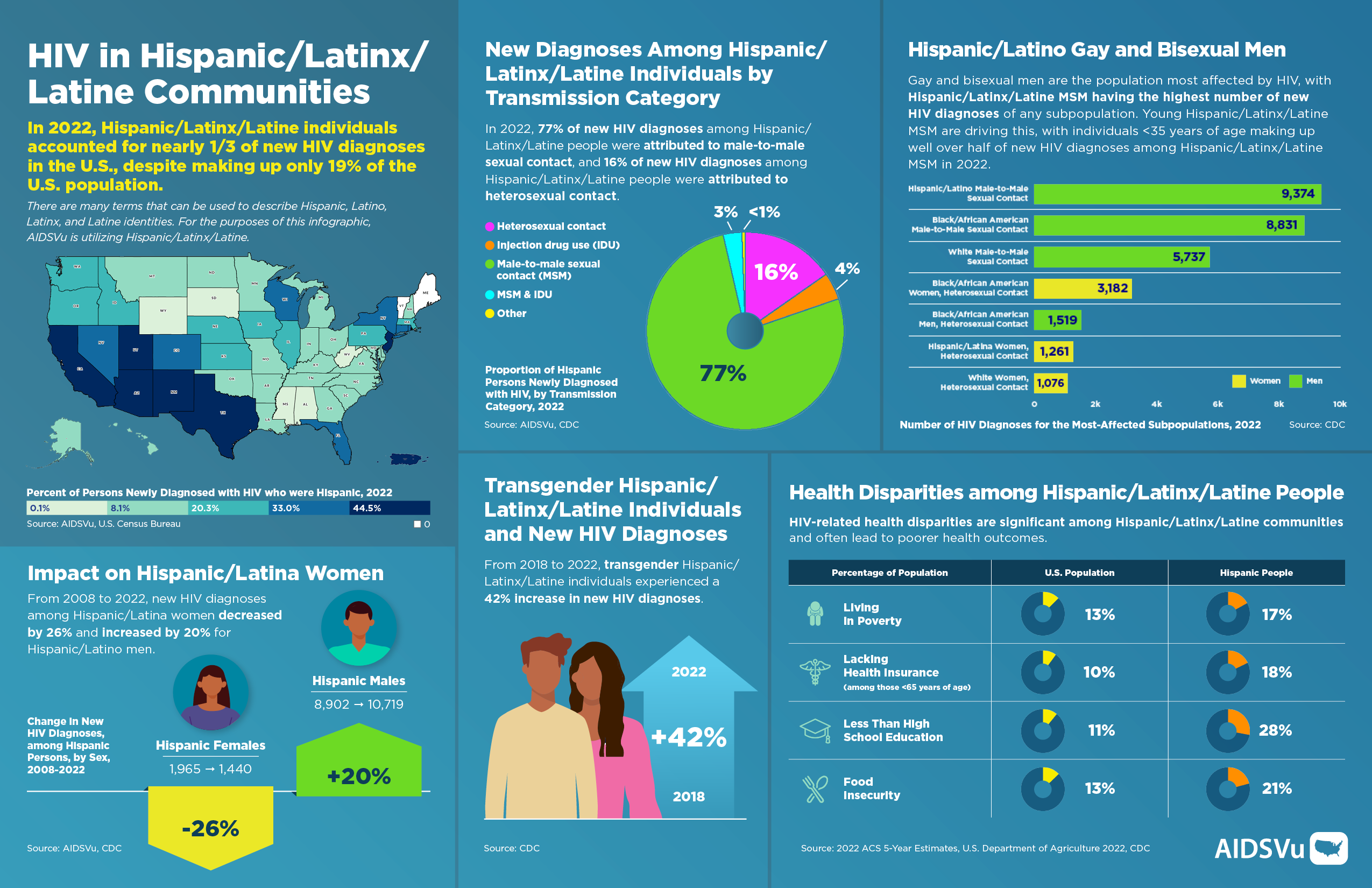

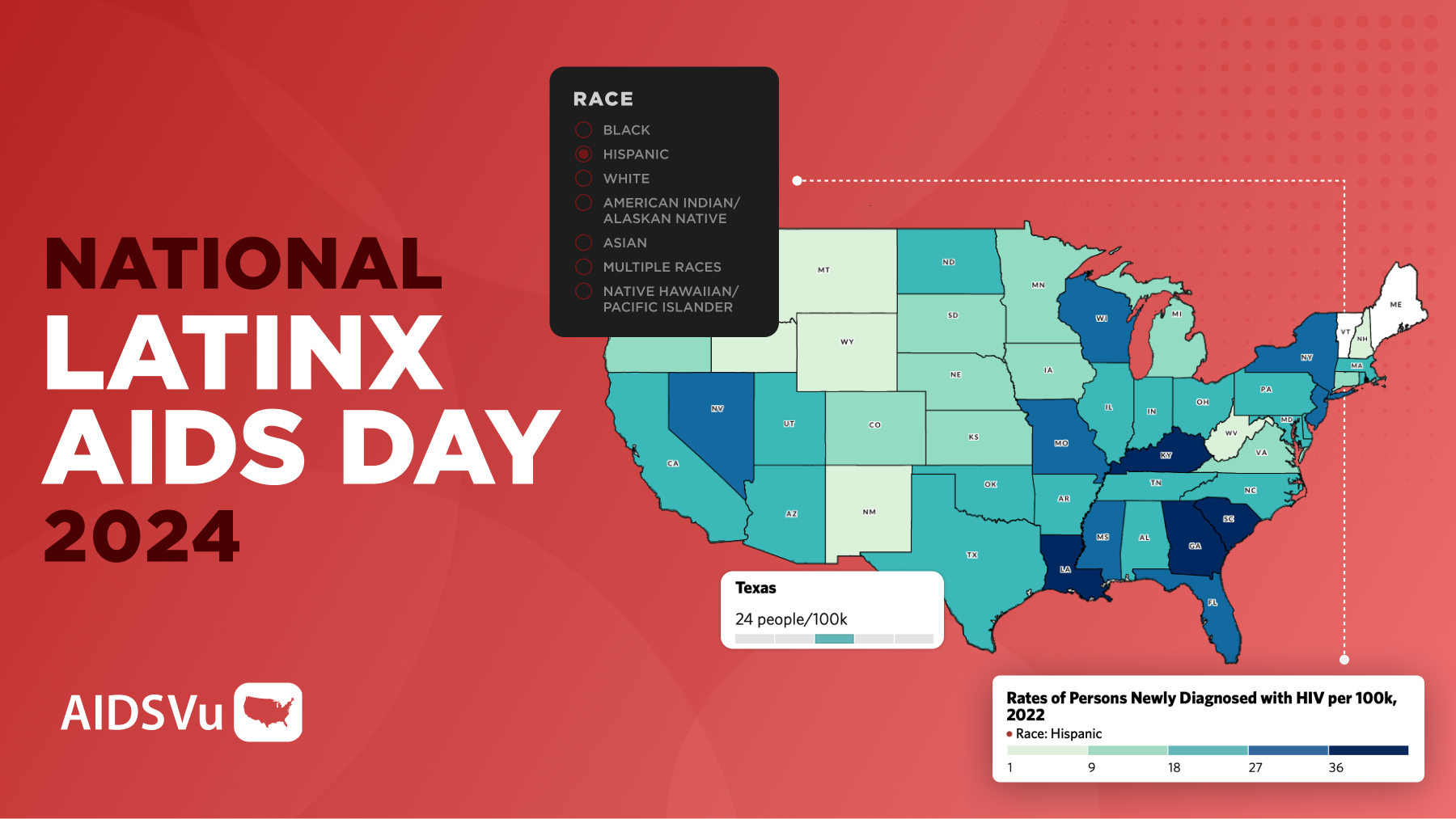
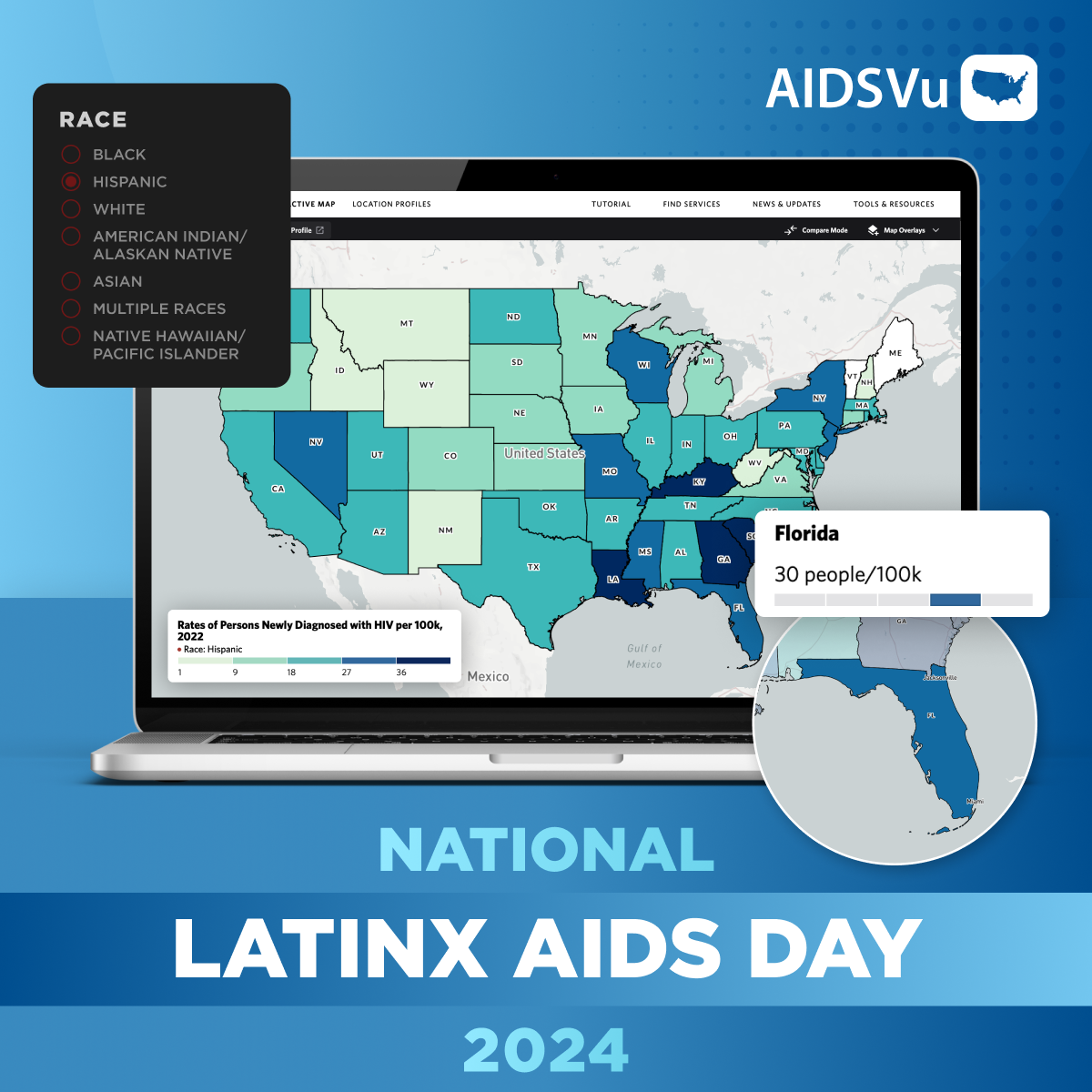

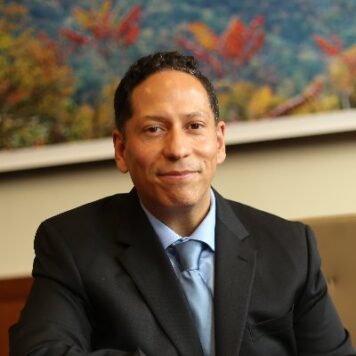
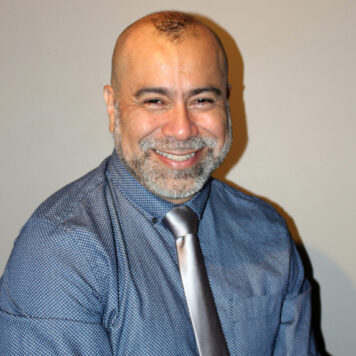
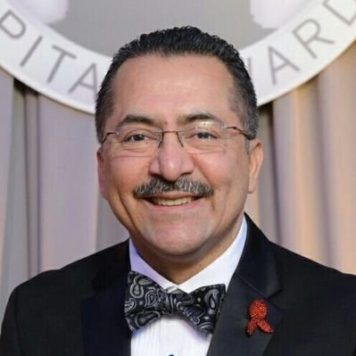

Share these social media posts and infographics on LinkedIn, X, and Facebook with #NLAAD to help spark conversations about HIV among Hispanic/Latinx/Latine communities.
Post 1
October 15 is National Latinx AIDS Awareness Day, dedicated to drawing attention towards #HIV in Hispanic/Latinx/Latine communities and barriers towards HIV testing, prevention, care, and treatment.
This #NLAAD, learn more about the unique barriers to care faced by Hispanic/Latinx/é individuals: https://aidsvu.org/national-latinx-aids-awareness-day-2024-toolkit/
Post 2
In 2022, Hispanic/Latinx/Latine individuals represented 32% of new #HIV diagnoses, despite only comprising 19% of the U.S. population.
Interested in learning more about HIV in Hispanic/Latinx/Latine communities? Read more in AIDSVu’s National Latinx AIDS Awareness Day Toolkit: https://aidsvu.org/national-latinx-aids-awareness-day-2024-toolkit/ #NLAAD
Post 3
National Latinx AIDS Awareness Day is an opportunity to raise awareness about the social determinants of health faced by Hispanic/Latinx/Latine communities, leading to poorer #HIV health outcomes.
Check out insights into poverty, uninsurance, education, and food insecurity among Hispanic/Latinx/Latine individuals in the U.S.: https://aidsvu.org/national-latinx-aids-awareness-day-2024-toolkit/
Post 4
#DYK? Young Hispanic/Latinx/Latine men who have sex with men accounted for 64% of new HIV diagnoses among Hispanic/Latinx/Latine men who have sex with men in 2022.
Read more about #HIV among Hispanic/Latinx/Latine communities this #NLAAD: https://aidsvu.org/national-latinx-aids-awareness-day-2024-toolkit/